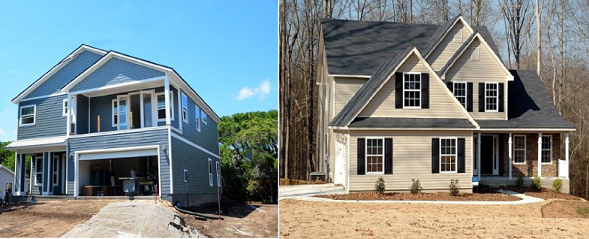March means warmer days and more sunshine, which is perfect for accomplishing home projects. Yes, it’s time for spring cleaning and fixing.
- Inspect the roof. Check for damage from ice and wind. Look for loose shingles and flashing. Check behind chimneys where shingles meet flashing. Inspect the gutters, especially where they attach to fascia boards. Reattach any gutters that may have pulled loose under the weight of ice.
- Inspect the attic. Look at the underside of the roof decking, checking for signs of water seepage. Ice can get into cracked shingles, expand and cause a leak upon melting. Replace shingles and backing, if necessary.
- Foundation drainage. Before spring rains, check the slope of soil from the house foundation. Build up any areas where soil has eroded. Use small river rock mixed with the soil to better hold it in place.
- Clean fireplace. Shovel out ashes and log remnants, then use a hand broom and vacuum to remove the fine dust. Close the damper. If you have a gas log set, consider shutting off the pilot for the spring and summer to save on gas usage.
- Prep garden tools. Sharpen shovels, hoes and pick axes. Gas up the lawn mower and weed eater and give them a trial run. Take the insulating covers off the faucets and move hoses into place.
- Gardening goals. In March or April, depending on your climate, it’s time to start thinking about a spring and summer garden. Clear raised planting beds of debris, and turn soil. Start seedlings inside. Do not plant until after last frost date in your area.
- Relocate firewood. If you have left over wood, move it several yards away from the house. During the spring, a wood pile attracts creatures such as termites, carpenter ants, skunks and possums.
- Power wash siding and decks. Over the winter prolonged moisture may create mold and moss on decks and house siding. Rent a power wash machine and give them a good cleaning.
- Clean windows. Winter weather leaves dingy windows. Let the sun in with a good cleaning.
- Provide nutrients for your landscape. Depending on your climate zone, March or April is the time to apply fertilizer and weed control. Consult local gardening experts.
Not intended to solicit buyers or sellers currently under contract.












